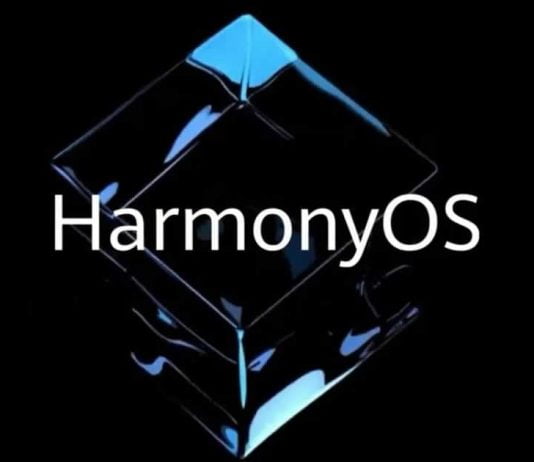At the Developer Conference, Huawei announced details of the next generation of its own operating system HarmonyOS and its plans to bring it to a broader range of devices, including smartphones.
With HarmonyOS 2.0, the Chinese tech giant is turning away from Google’s Android. HarmonyOS 1.0, the first generation launched a year ago, was designed for televisions, while HarmonyOS 2.0 will also run on smartphones, tablets, and wearables next year. It is unclear whether this is also about existing devices.
From April 2021, Huawei plans to equip devices with 128MB to 4GB of RAM with HarmonyOS 2.0. Huawei has not been able to give more specific details, its CEO Richard Yu said that smartphones with the Huawei operating system could hit the market as early as next year.
The first beta of HarmonyOS 2.0 will be made available to developers in September 2020. First of all, the beta version for smart TVs, smartwatches, and infotainment systems for cars (in China) are to be made available. From December 2020, Huawei plans to distribute SDK, documentation, and tools such as simulators for smartphones to developers.
Although no screenshots have been published, Huawei promises an interface capable of adapting to different types of devices, in addition to an Audiovisual Artificial Intelligence capable of more intelligent voice recognition and a substitute for the one used by Google.
Another advantage will be that devices with HarmonyOS will be able to transfer data between them much faster, but at the same time, it will have built-in security so that devices can only access data of the same “security level” as they are. For example, a smart rice cooker does not need access to our passwords, which are at the highest security level.
You can see that Huawei is working hard to launch its new operating system as soon as possible. The company will follow the same free path as Android, and throughout 2021 it will release an open-source version of HarmonyOS called OpenHarmony, available to anyone.
